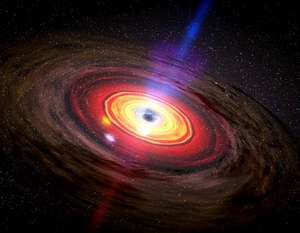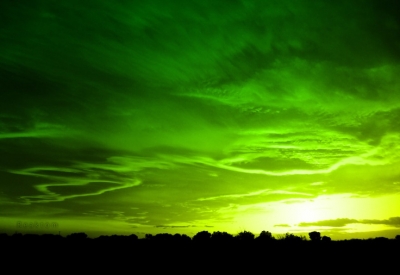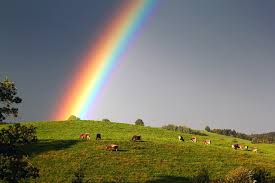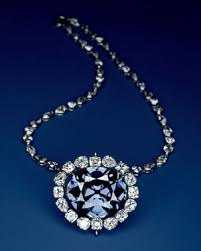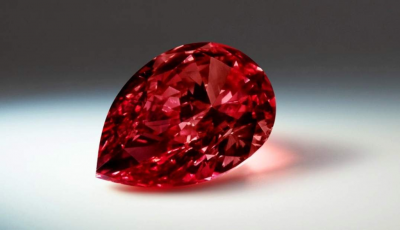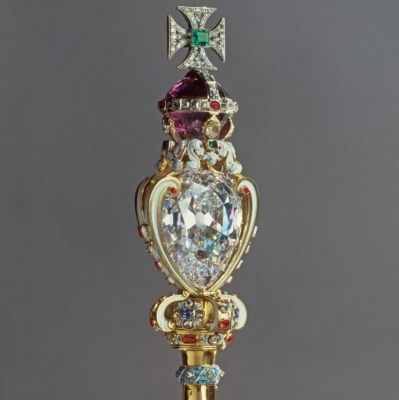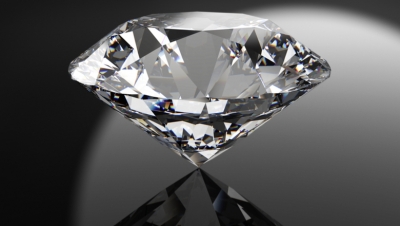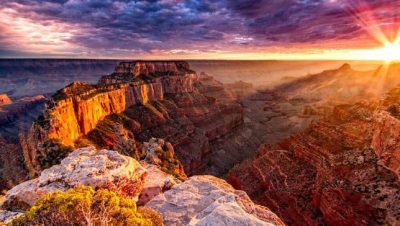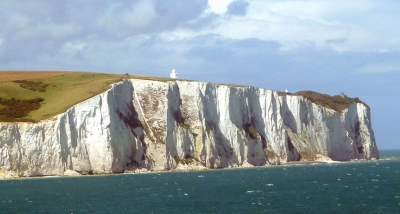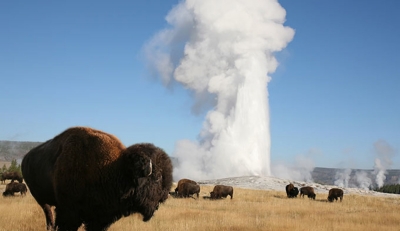What would happen if you got sucked into a black hole?
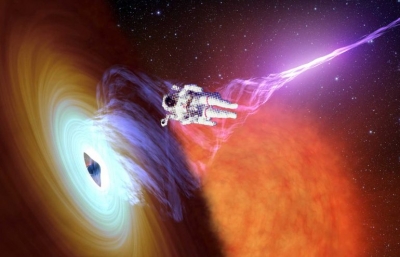
Some seriously strange stuff – and none of it good. Everything would go dark as your spaceship approached the black hole’s swirling ‘’event horizon,’’ or point of no return. The gravity here is so powerful that even light cannot escape the crushing singularity at the center. Your ship and body would stretch into an impossibly thin and long line, like toothpaste squeezed from its tube. As you approached the speed of light, time would slow and eventually stop, although you wouldn’t be alive to notice.
Picture Credit : Google
